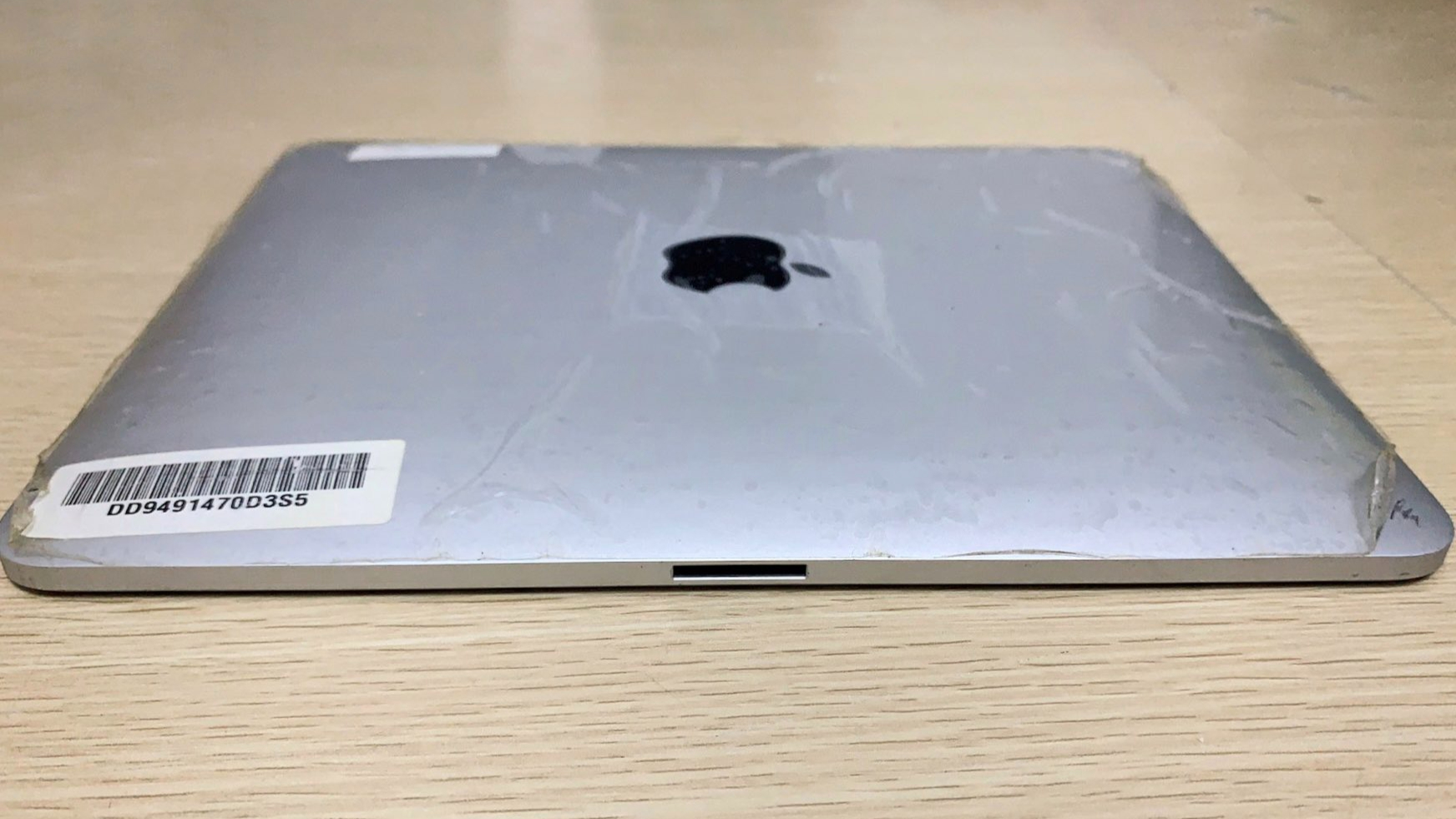
The original Apple iPad was undoubtedly a major step forward for the tablet market of the time – but the first generation model nearly had one very different feature.
According to prototype images obtained by tech collector Giulio Zompetti, the original iPad, at some stage, included two 30-pin connector ports; one at the bottom, and an extra one added to the left side of the device.
The final product ended up scrapping the additional port, but these images nonetheless suggest Apple had planned to introduce a so-called dual dock system with its inaugural iPad model.
iPad, first generation prototype. Initially, Apple was planning to feature a dual dock system on its first tablet. The secondary port was situated on the left side of the device. Concurrent charging was apparently supported. This feature was removed in a later DVT stage. pic.twitter.com/7yJHsXPoYLMarch 27, 2021
- Best iPad 2021: is the iPad Air, Mini or Pro the best for you?
- Check out our review of the iPad Air 4 (2020)
- What we want to see from the new iPad Air 5
Of course, iPads haven’t used 30-pin connector ports since the introduction of Apple’s Lightning technology in 2012, but it’s interesting to learn that the original device might have supported concurrent charging.
An extra port also means iPad accessories – like cases and keyboards – may have ended up looking different to those in today’s market, given the extra functionality enabled by an additional charging dock.

The decision to remove the second connector was reportedly made by Steve Jobs close to the iPad’s launch in 2010.
Got the Mag(ic)
As it happens, this revelation arrives just as rumors are beginning to swirl regarding Apple’s pursuit of the next generation of charging technology.
Get daily insight, inspiration and deals in your inbox
Sign up for breaking news, reviews, opinion, top tech deals, and more.
We recently reported that the Cupertino giant is developing a connectivity port based on its existing MagSafe charger, after a filing submitted to the United States Patent and Trademark Office revealed a three-pinned MagSafe charger, similar to those used to charge older MacBooks, connecting to what appears to be an iPhone.
The patent outlines several pin designs – one rounded, one with a flat surface – which indicate that Apple is looking towards a future without Lightning cables.
Apple might be turning its attention to magnet-based charging ports for several reasons. As well as the improved charging speeds of MagSafe technology, a MagSafe connectivity port would also allow for easy detachment should the charger be pulled or tripped over.
What’s more, the introduction of a MagSafe port would mark a further step towards a port-free future for Apple’s iPhones and iPads, which has long been known as an ambition for the company.
So, future iPads might have no ports at all – that’s a world away from an original iPad with two giant ones…
- iPad mini Pro could launch this year, as well as the iPad mini 6
Via PhoneArena

Axel is TechRadar's UK-based Phones Editor, reporting on everything from the latest Apple developments to newest AI breakthroughs as part of the site's Mobile Computing vertical. Having previously written for publications including Esquire and FourFourTwo, Axel is well-versed in the applications of technology beyond the desktop, and his coverage extends from general reporting and analysis to in-depth interviews and opinion. Axel studied for a degree in English Literature at the University of Warwick before joining TechRadar in 2020, where he then earned an NCTJ qualification as part of the company’s inaugural digital training scheme.